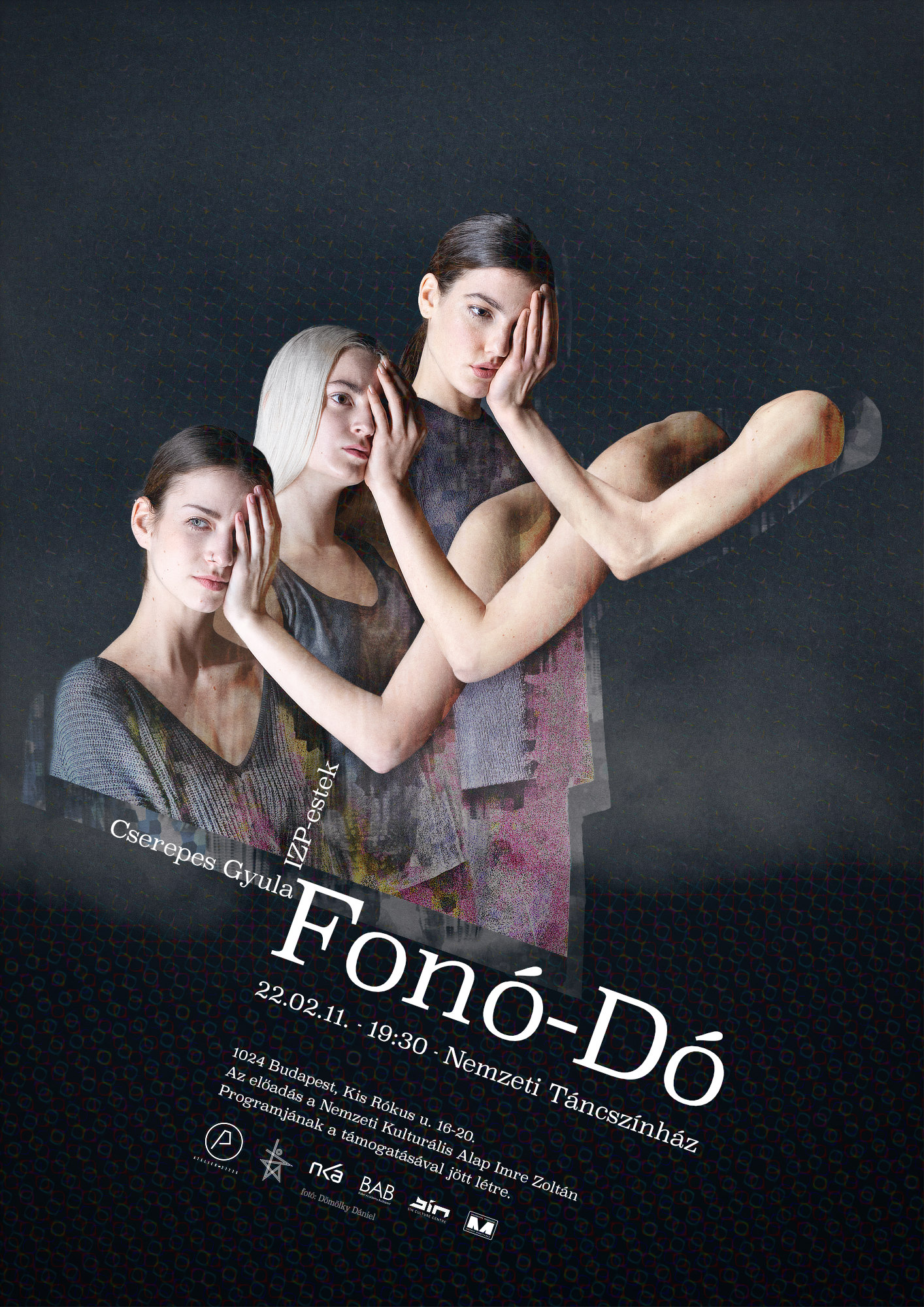Braid-Er
Contemporary Dance Performance
(50 mins.)
Three young dancers. In the empty space, sometimes they move separately, sometimes connected to each other. Their dance fills the space now flowing slowly then turning into a running stream just as a river current. Their limbs keep interweaving and then they split off again to live their own lives.They endlessly try to connect again – in a different way each time. The relentless movement of the kaleidoscopic, psychedelic scene unobtrusively weaves the souls of spectators and dancers together.
Weaving, one of the ancient occupations of mankind, is traditionally an activity performed by women. The thread, braid, cord, rope is a symbol of ascension, liberation (eg. Ariadne’s thread). Hanging from the sky, it is the means of transport of the gods between heaven and earth. In shamanistic beliefs, it is a symbol of soul travel. The thread of destiny is often found in various mythologies. Moreover, it is woven by three goddesses in Greek mythology.
The spinning rooms where the work was being done from autumn until carnival time were fundamentally the realm of girls and women. However, they were also one of the most important venues for dramatic games and dances in rural communities. In fact, they could be called places for dancing and performing plays, i.e.dance theatres of folk culture. The new contemporary dance theatre performance, Braid-Er, by choreographer Gyula Cserepes, was inspired by these spaces and the motif of weaving and interlacement.
